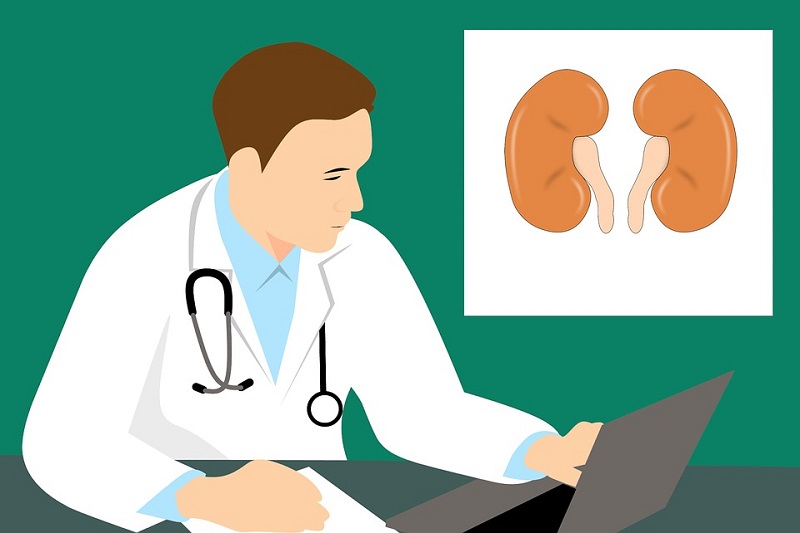
Medical researchers have successfully used 3D computer software to enhance traditional microscopic analysis.
This breakthrough can accelerate the diagnosis and target the kidney disease better for treatment.
As reported, this could provide clinicians with a highly detailed image of a patient’s kidney from biopsy, thereby bringing the kind of sophisticated structural analysis into the clinic.
The Problem
The build-up of glucose in the blood brought about by diabetes may cause about a quarter of patients with diabetes to develop kidney disease.
The kidneys will be damaged as they struggle to filter out waste from the blood and expel it as urine.
Clinicians are currently relying on monitoring for levels of albumin in the urine as a marker of diabetic kidney disease, carrying out tests every 6 to 12 months.
But not all people with diabetic kidney disease have elevated levels of albumin in their urine, which means that a diagnosis can be delayed or even missed.
The Solution
Sophisticated structural analysis is usually only available to medical researchers with access to an electron microscope and the specialised skills to use it.
The new technique works with similar accuracy to that of a Transmission Electron Microscope (TEM) that beams subatomic particles through a specimen in order to image it.
The computer 3D reconstruction technique is accurate, less operator-dependent and less time consuming than the current gold standard that is electron microscopy.
Benefits of 3D imaging
It is a promising method for both diagnostic and research purposes and has the potential to improve routine diagnosis of diabetic kidney disease and guide treatment.
The use of 3D structure studies has the potential to expedite the diagnosis albeit not cure the diabetic kidney disease yet.
Accelerating diagnosis could allow appropriate measures to be put in place, which can slow down the progression of the disease.
In traditional light microscopy, only a few slices of a biopsy are examined. Each of the slice or “section” is about one or two microns thick, allowing for only a 2D analysis.
A micron is one millionth of a metre.
On the other hand, using the latest 3D imaging software allows around 50 sections to be taken and reconstructed into a complete 3D image.
Moreover, this kind of 3D analysis can also potentially monitor the progress of kidney transplants.
This will thereby provide clinicians with an understanding as to why a patient may be having trouble accepting an organ.
Targeted treatments could then be applied to prevent the organ rejection.
In addition, the imaging technique could also boost kidney research since it makes detailed imaging more accessible to researchers.
The Future
The use of 3D technology is now on the cusp of becoming conventional in diagnosis and treatment across all fields of medicine.
The whole traditional 2D side of medicine will be phased out very soon because it will not be seen as practical anymore.
It can be likened to playing a computer game in 2D when you can be in 3D or even virtual reality.
















